This dish is the leftovers queen! Got leftover sushi rice or hot pot stock? Then make yourself a batch of this warming Japanese rice soup. Zosui is like a super quick congee that’s ready in 10 minutes.
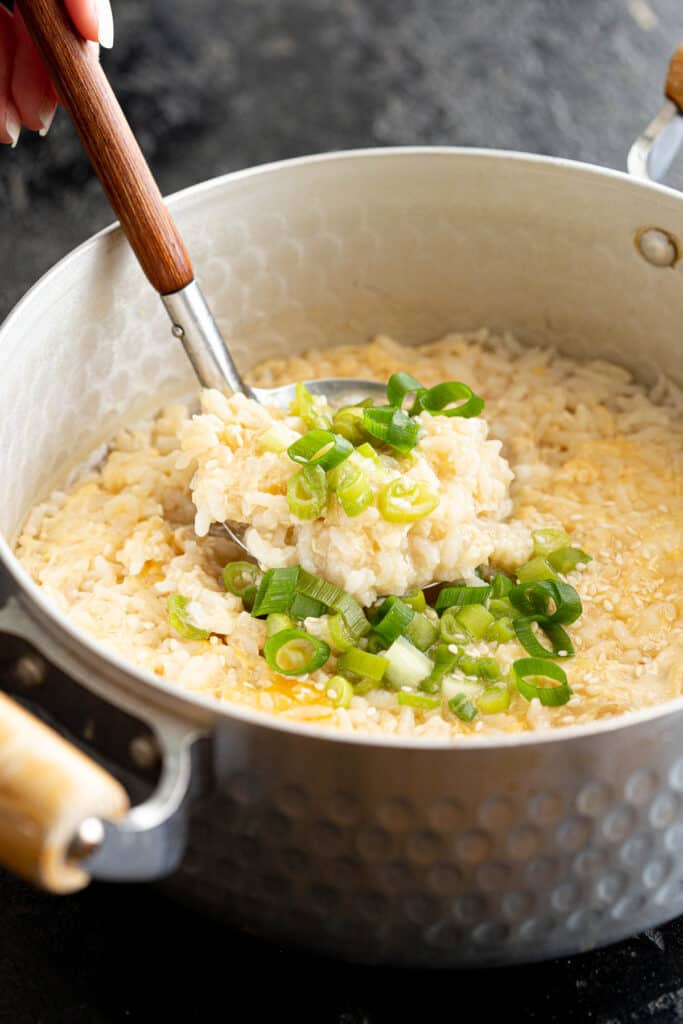
Why We Love This
This is a lazy cook’s dream recipe. Leftovers – check. 5 Ingredients – check. 10 minutes to cook – check. Whether you make this soup for a quick lunch or dinner, it won’t disappoint.
The equivalent of a chicken soup, make this when you need a winter warmer or a light dish when you’re feeling sick.
Related: How to Cook Sushi Rice / Sekihan Red Bean Rice
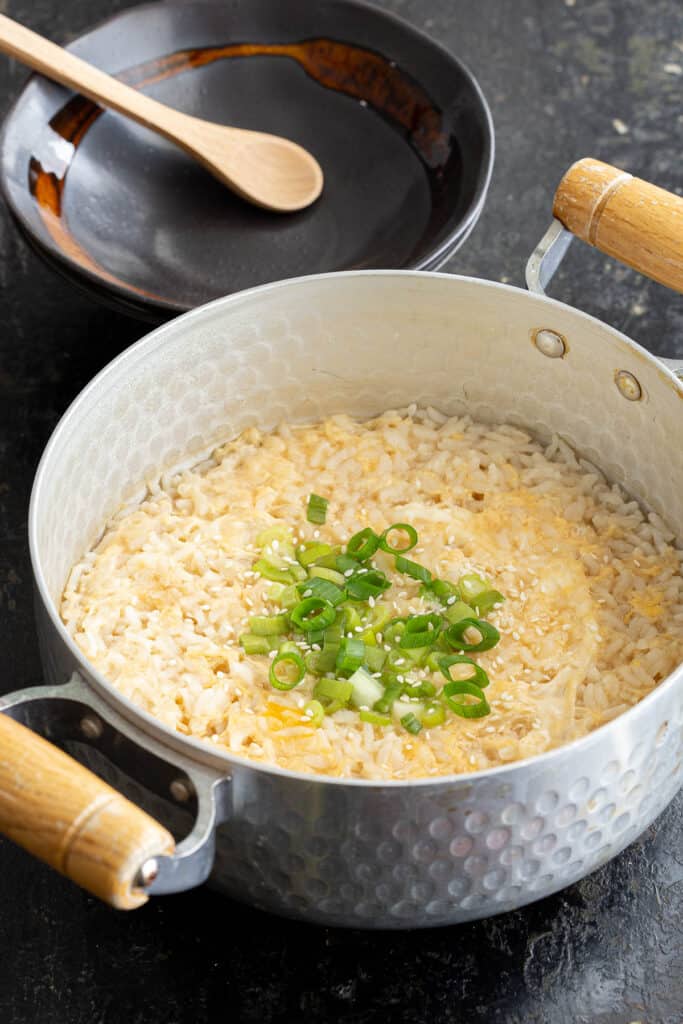
What is Japanese Rice Soup?
Japanese rice soup, usually referred to as Zosui or Ojiya, is a light dish similar to a congee or rice porridge. Zosui means “miscellaneous cooking”, with the dish usually made from rice and stock leftovers, egg and sometimes meat and vegetables.
Zosui is usually cooked in a Japanese earthenware pot known as a donabe. There are many ways to cook with a donabe, but if you don’t own one, you can simply use a regular saucepan or cast iron pot with a lid.
There are many variations of this soup, and we love the adaptability of the dish depending on what you have on hand. We’ve provided the basic rice soup recipe today, along with a number of vegetable and topping options to make it as light or hearty as you like.
What You’ll Need
- Dashi Stock – Make homemade dashi or use leftover stock from agedashi tofu or shabu shabu. Sub with dashi powder dissolved in water.
- Cooked Sushi Rice – Japanese short grain koshihikari is the most commonly used variety. Use leftovers from other dishes like temaki sushi or sushi bowls. You can freeze leftover rice and defrost it ready to use in this soup.
- Soy Sauce – For the best flavour use a Japanese soy sauce such as Kikkoman which has the perfect balance of flavour and salt. Sub with tamari.
- Egg – We use 1 large chicken egg for this recipe. Sub with any type of egg you like best. Lightly whisk before pouring over the soup. You can also leave it out if you prefer.
- Spring Onion / Green Onion – Use thinly sliced fresh or frozen spring onion. Sub with fresh or dried chives.
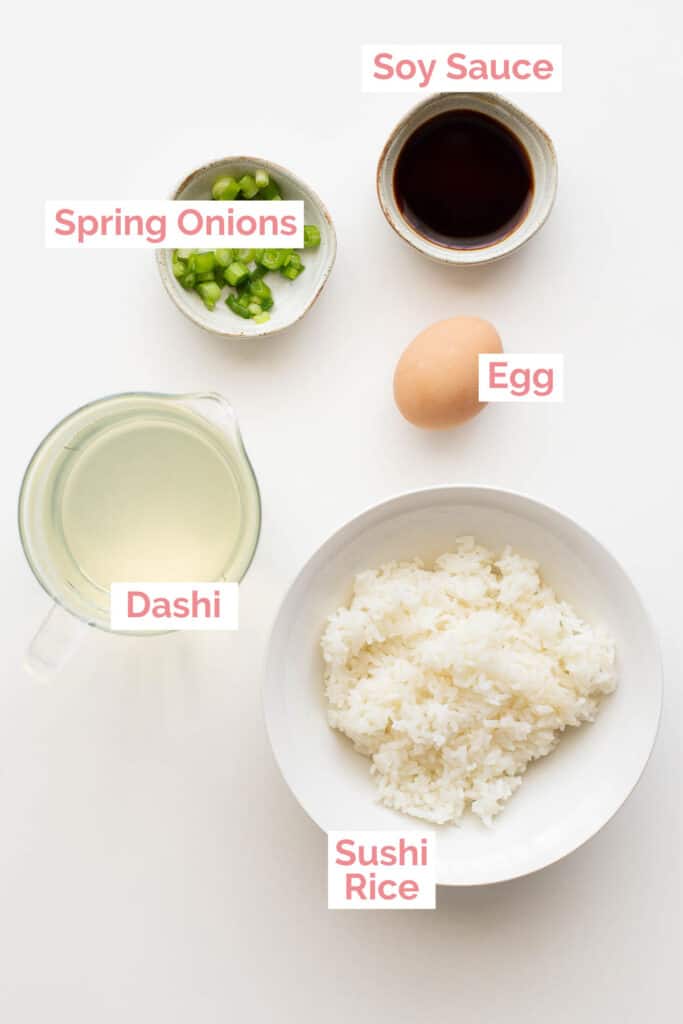
How to make Zosui:
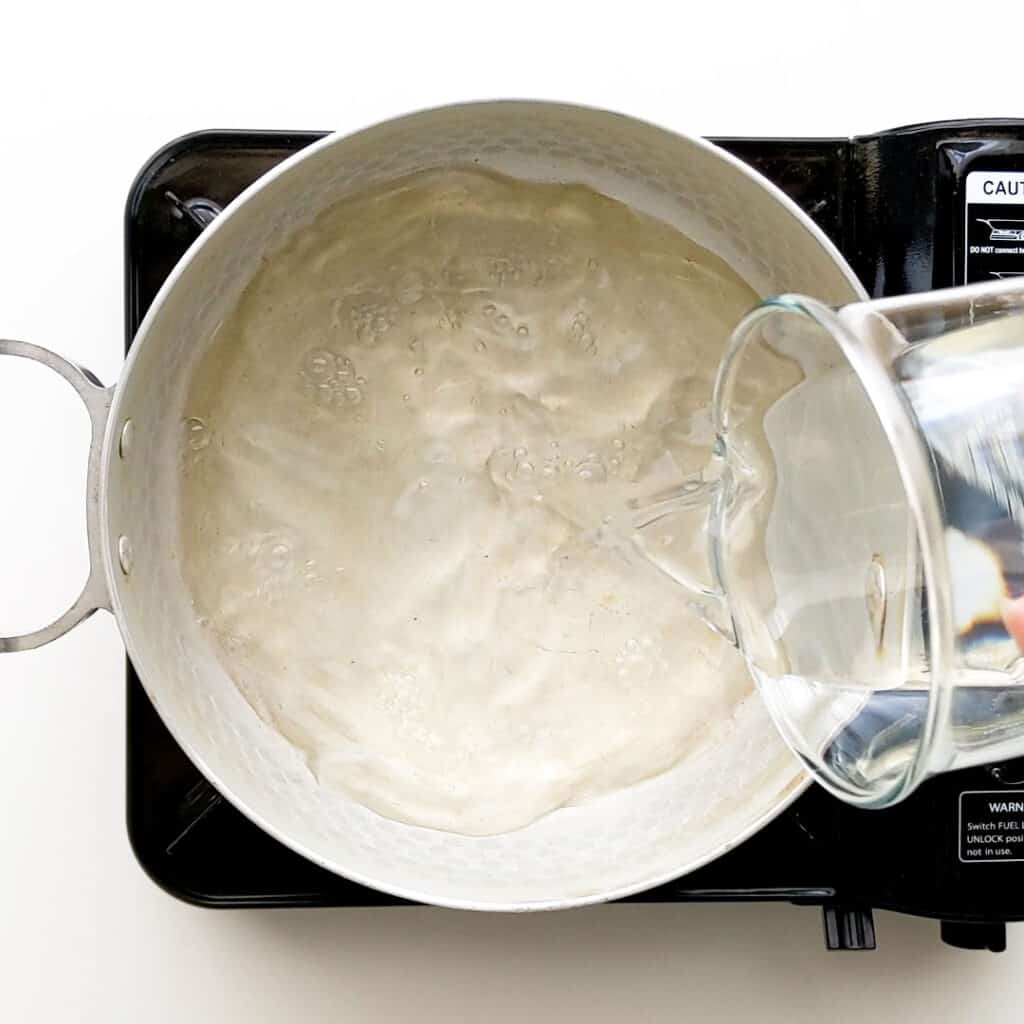
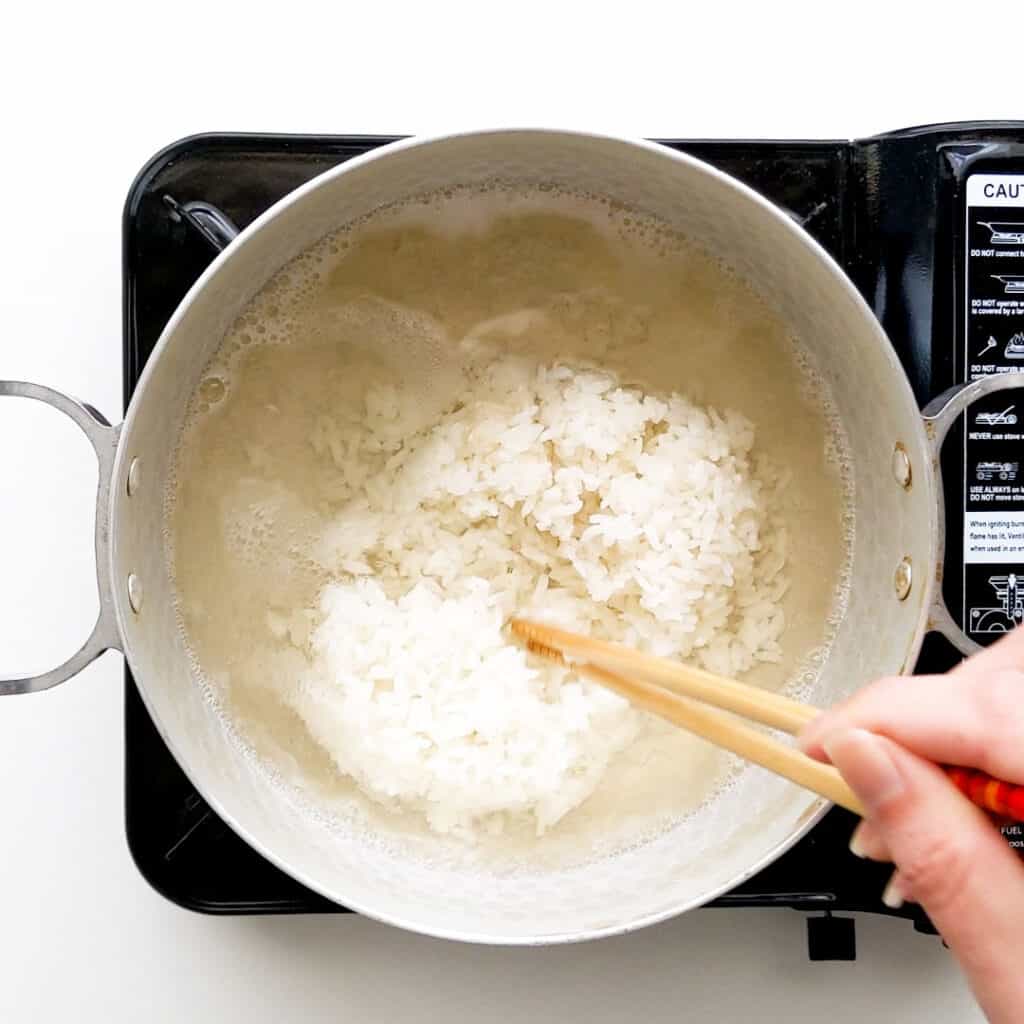
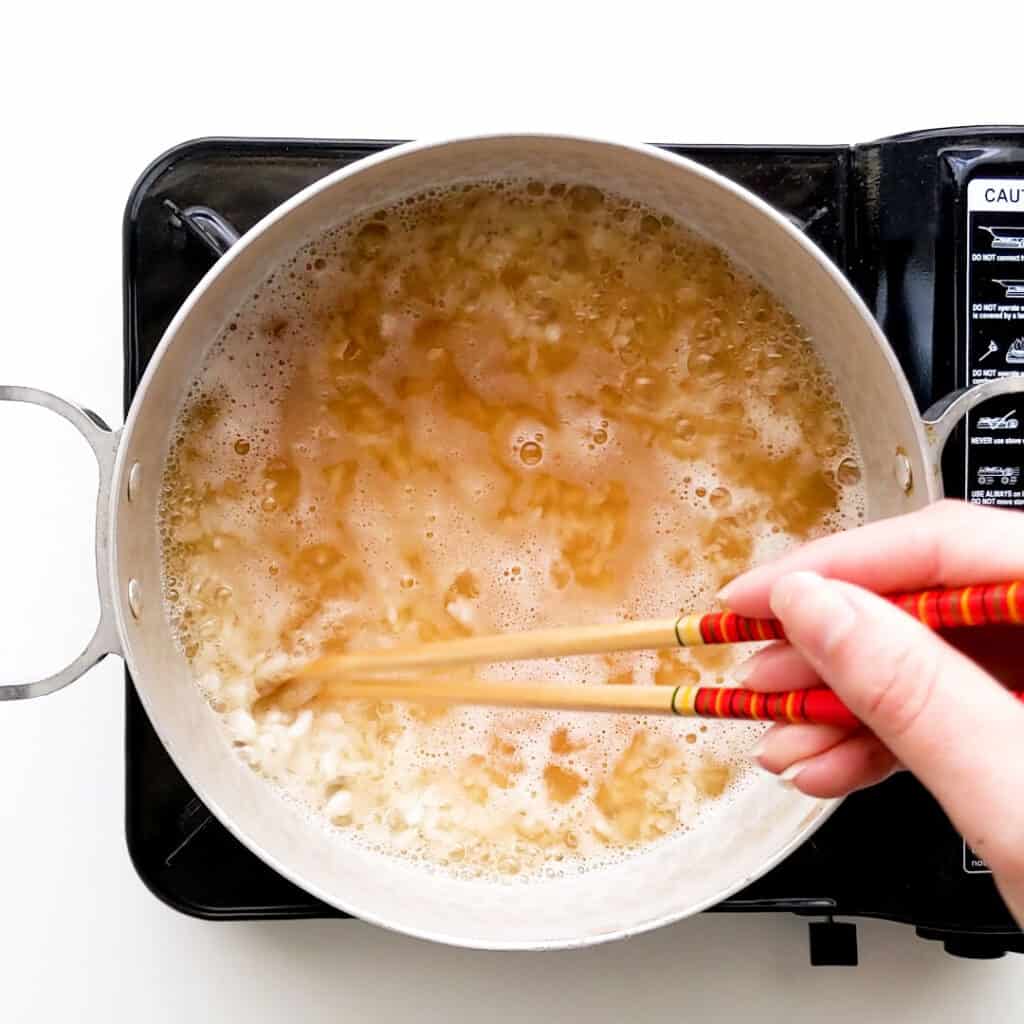
- Pour dashi stock into a donabe pot or medium saucepan and boil over high heat for 3-5 minutes.
Optional: Add vegetables or protein here and continue boiling for another 5 minutes. - Add the sushi rice and soy sauce, stir through. Reduce heat to a simmer, place the lid on and cook for 3 minutes.
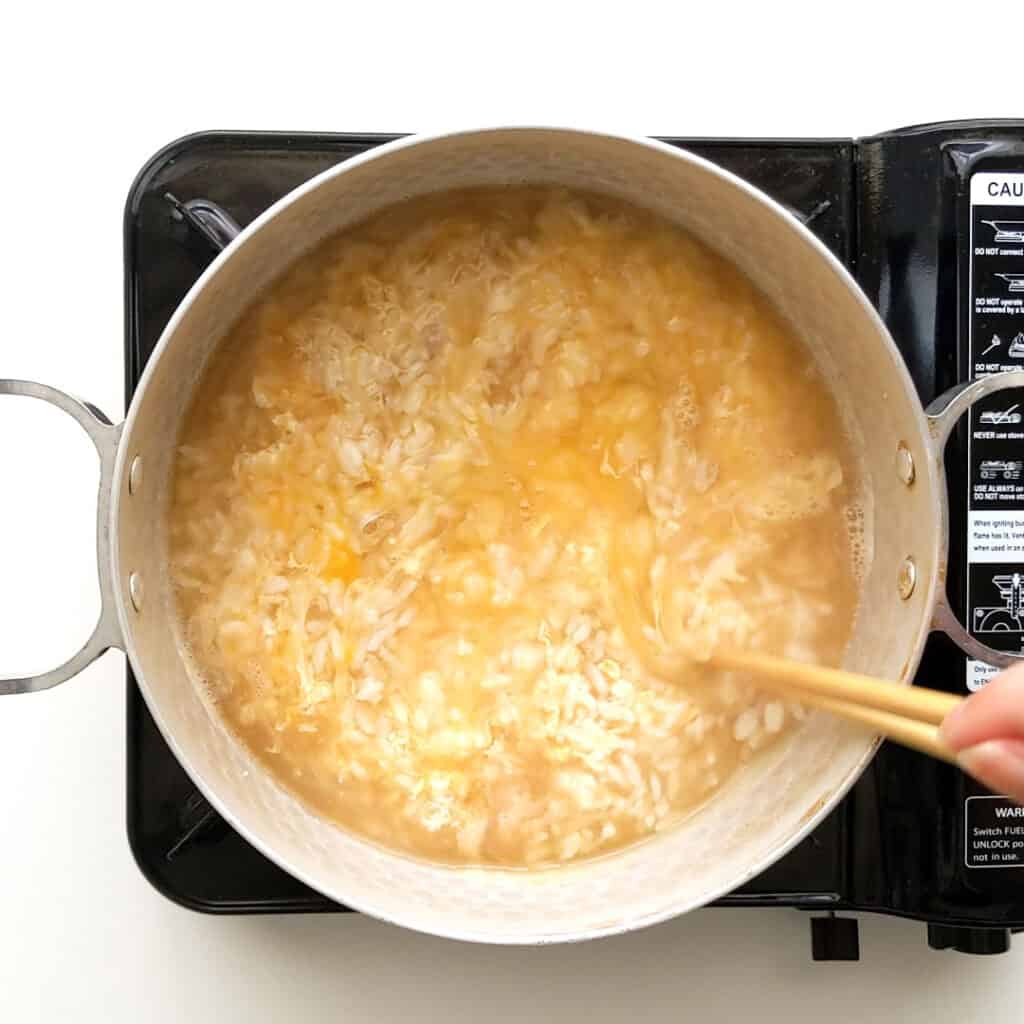
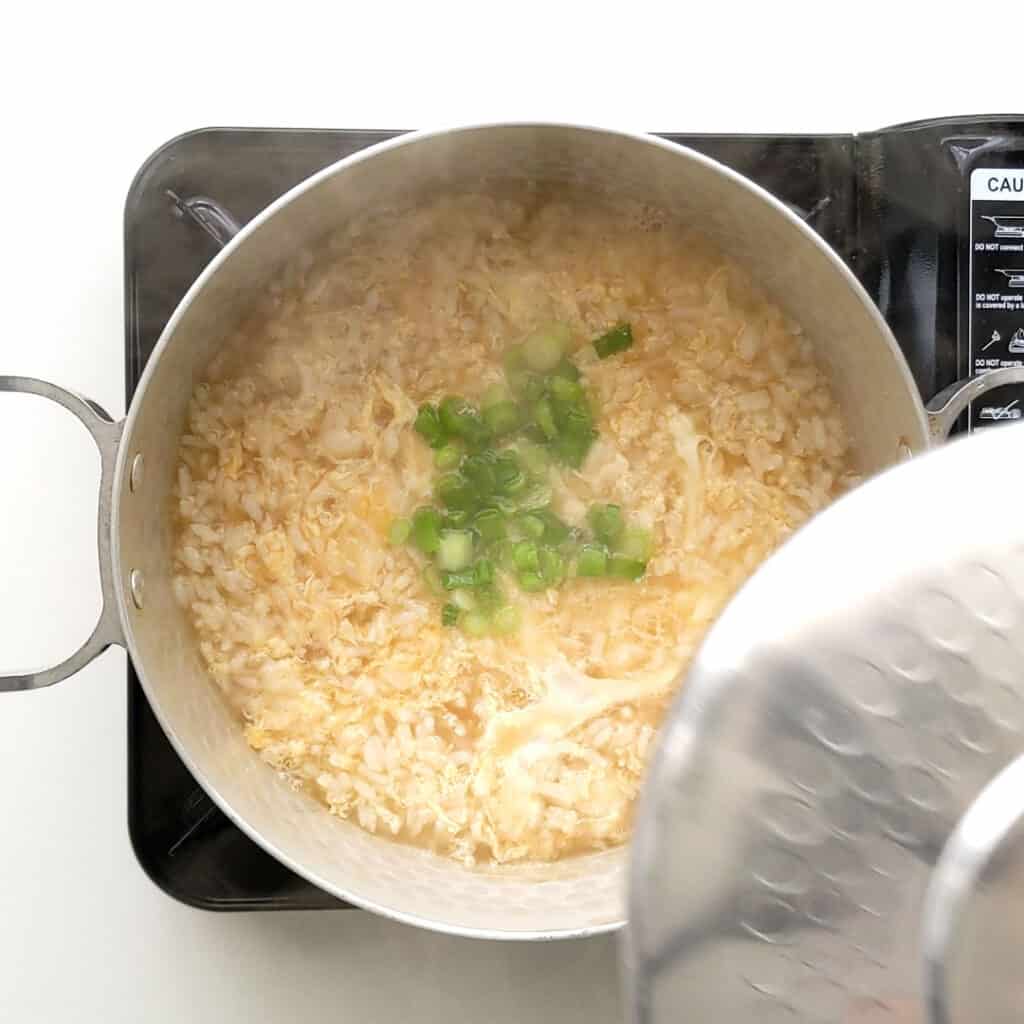
- Pour in the whisked egg and stir through the rice to mix through slightly. Add the chopped spring onion on top and place the lid back on. Switch off the heat and allow to sit for 2 minutes or until the egg is cooked to your liking.1 egg, 2 spring onion / green onion
- Serve and enjoy! Optional: Garnish with white sesame seeds.
Wandercook’s Tips
- Cover Partially – Leave a gap when popping the lid on to avoid the rice bubbling over.
- Rinse Cooked Rice – You can skip rinsing the cooked rice for a thicker soup (ojiya recipe style) or rinse it for a thinner soup (zosui recipe style).
- Storage – Store in an airtight container in the fridge for up to 3-4 days or place in the freezer for 1-2 months.
FAQs
Both zosui and ojiya can refer to the same dish. However, while they are very similar, some say there are two main distinctions between zosui and ojiya – the preparation of the rice and the seasoning.
Zosui uses rice that has been rinsed to reduce the starch, keeping the shape of the rice and only uses soy sauce to season.
Ojiya on the other hand, usually uses cooked rice without rinsing, which can be mushier in texture, and can include other seasonings such as miso paste.
You can serve zosui on its own for lunch or dinner, or as an entree. It goes great alongside chicken katsu, tsukune chicken meatballs and Japanese wafu salad.
Rice soup is best made when you’re going to eat it, as the longer it sits, the more the rice will soak up the liquid and become mushy. If you don’t mind this, and prefer more of a porridge texture, then it’s fine to make in advance and warm up on the stove over low heat or in the microwave when you want it.
Variations
- Miso – Swap out the soy sauce for red or white miso paste for an extra flavour kick. Add it to the soup once you turn off the heat and wait for the egg to cook.
- Add Protein – If you want to add chicken thighs, fish (such as salmon) or tofu, add around 100 g / 3.5 oz and boil for 5 – 10 minutes in the dashi stock before continuing with the rest of the recipe.
- No Rice? Use udon or soba noodles instead.
- Vegetarian / Vegan – Make sure to use kombu stock (kelp only) if you want to make it vegetarian. Omit the egg to make it vegan, and swap it out for plenty of veggies or tofu.
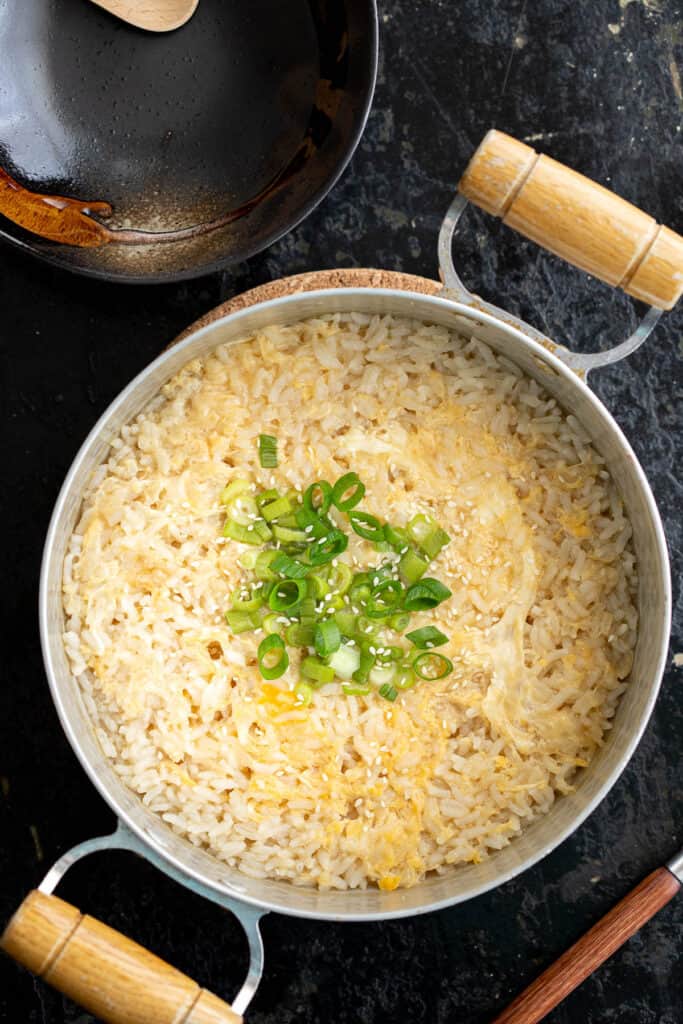
Cook these Japanese favourites next:
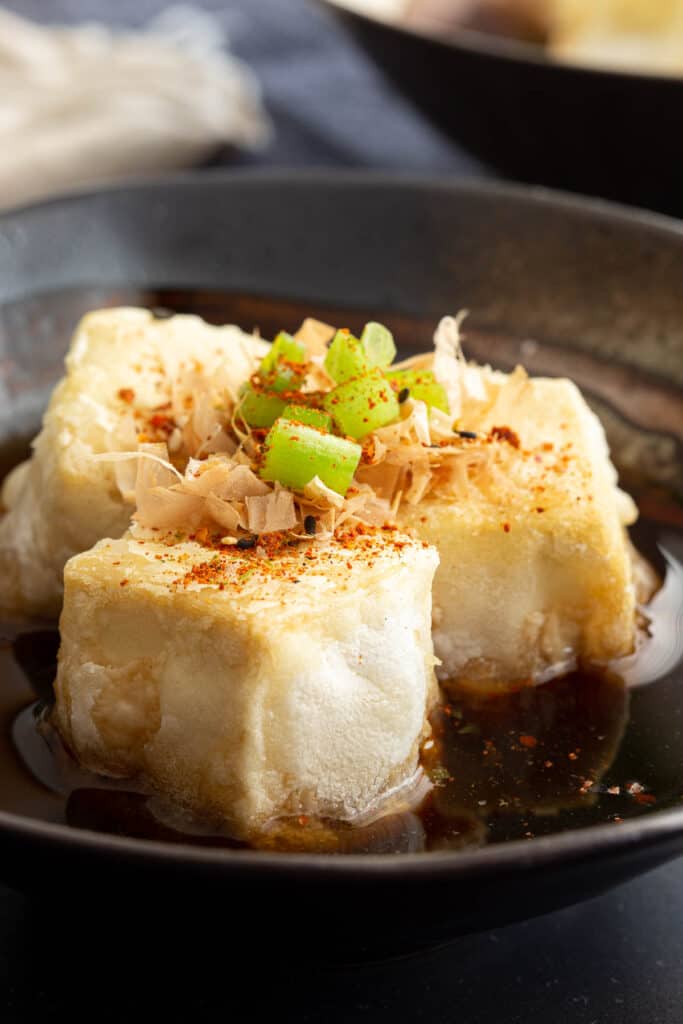
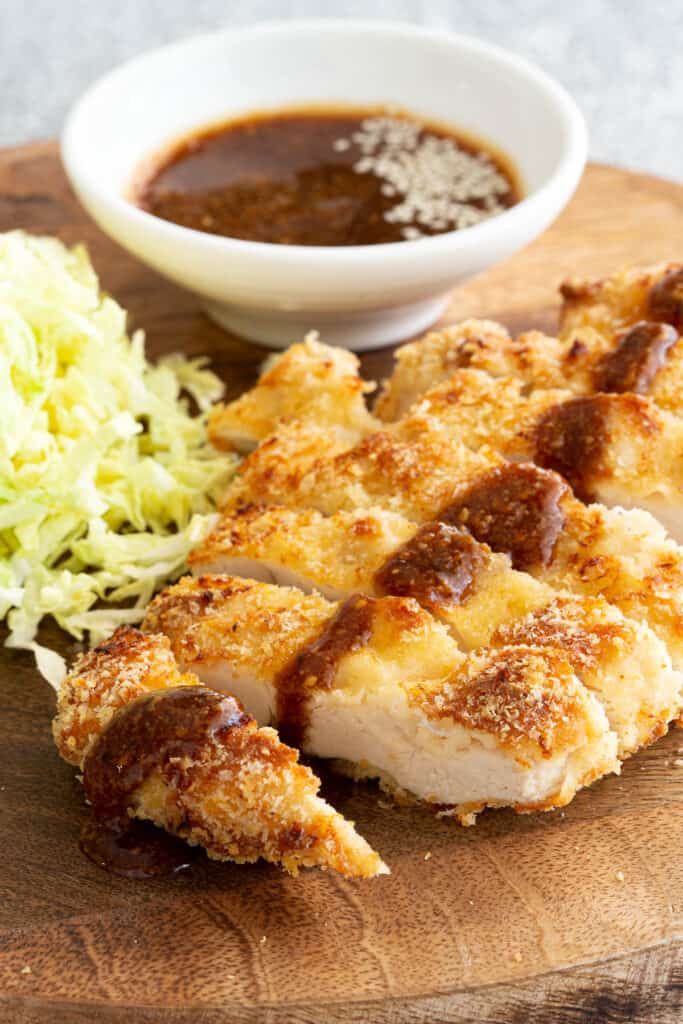
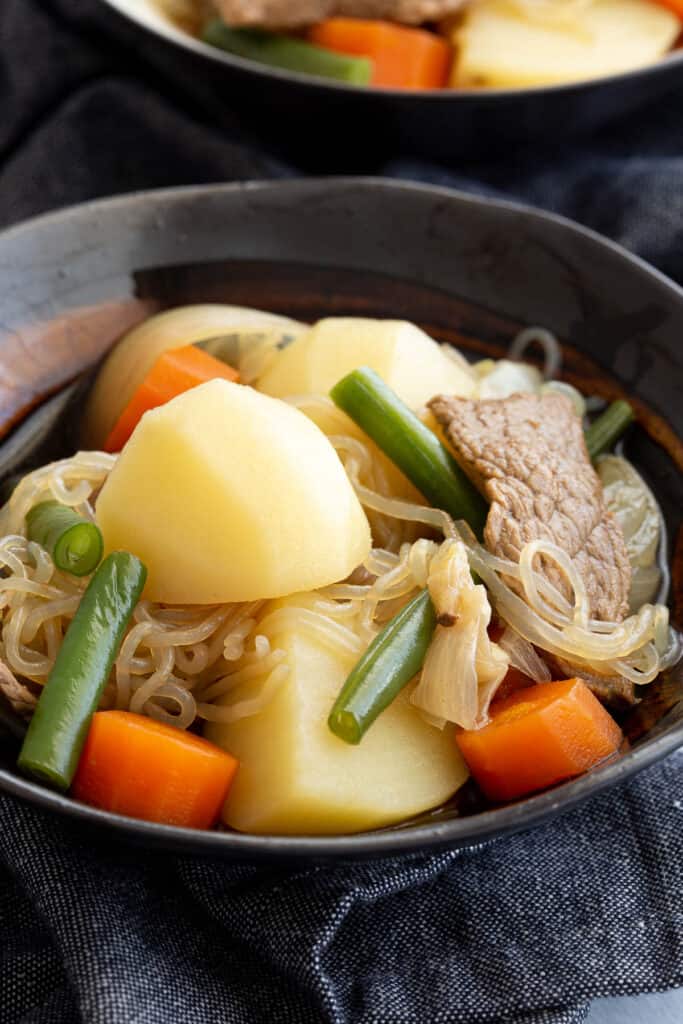
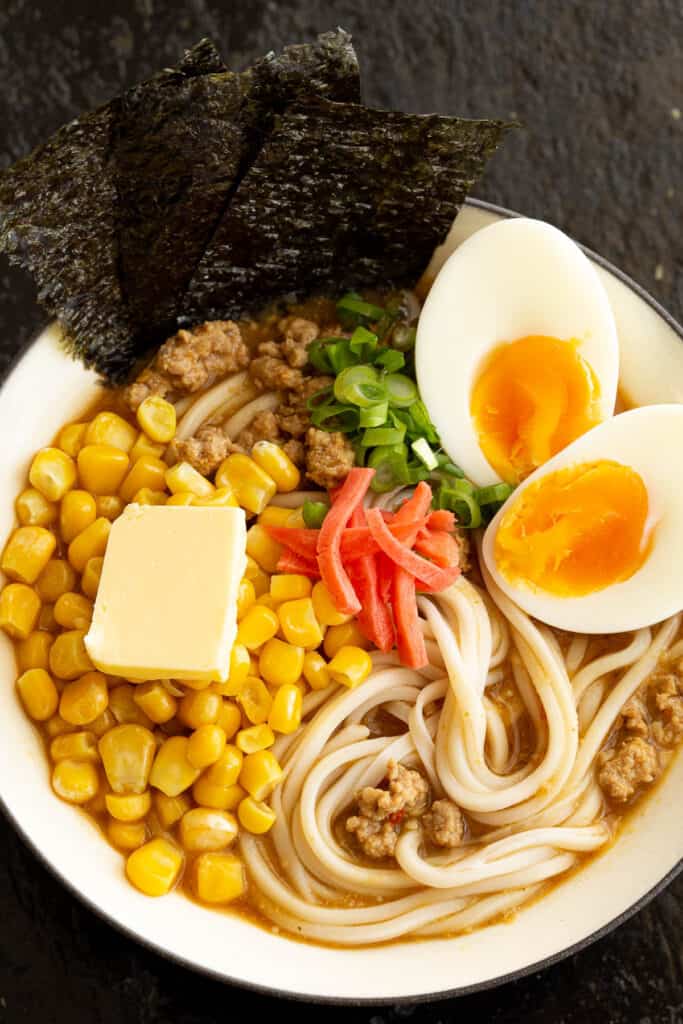
★ Did you make this recipe? Please leave a comment and a star rating below!
Equipment
Ingredients
For the soup base:
- 2 cups dashi stock can use leftover stock from agedashi tofu or shabu shabu
- 1 1/2 cups sushi rice cooked (rinsed for zosui style – thinner soup, or not rinsed for ojiya style – thicker soup)
- 1 tbsp soy sauce
- 1 egg lightly whisked
- 2 spring onion / green onion chopped
Optional vegetable and topping ideas:
- 2-3 cabbage leaves shredded
- 3 cm daikon radish sliced and quartered
- ½ carrot sliced and quartered
- 2-4 shiitake mushrooms sliced
- 1 handful enoki mushrooms pulled apart into small clumps
- 1 tbsp wakame dried
- 1 tsp white sesame seeds to garnish
Instructions
- Pour dashi stock into a donabe pot or medium saucepan and boil over high heat for 3-5 minutes. Optional: Add vegetables or protein here and continue boiling for another 5 minutes.2 cups dashi stock
- Add the sushi rice and soy sauce, stir through. Reduce heat to a simmer, place the lid on and cook for 3 minutes.1 1/2 cups sushi rice, 1 tbsp soy sauce
- Pour in the whisked egg and stir through the rice to mix through slightly. Add the chopped spring onion on top and place the lid back on. Switch off the heat and allow to sit for 2 minutes or until the egg is cooked to your liking.1 egg, 2 spring onion / green onion
- Serve and enjoy! Optional: Garnish with white sesame seeds.1 tsp white sesame seeds
Video
Nutrition
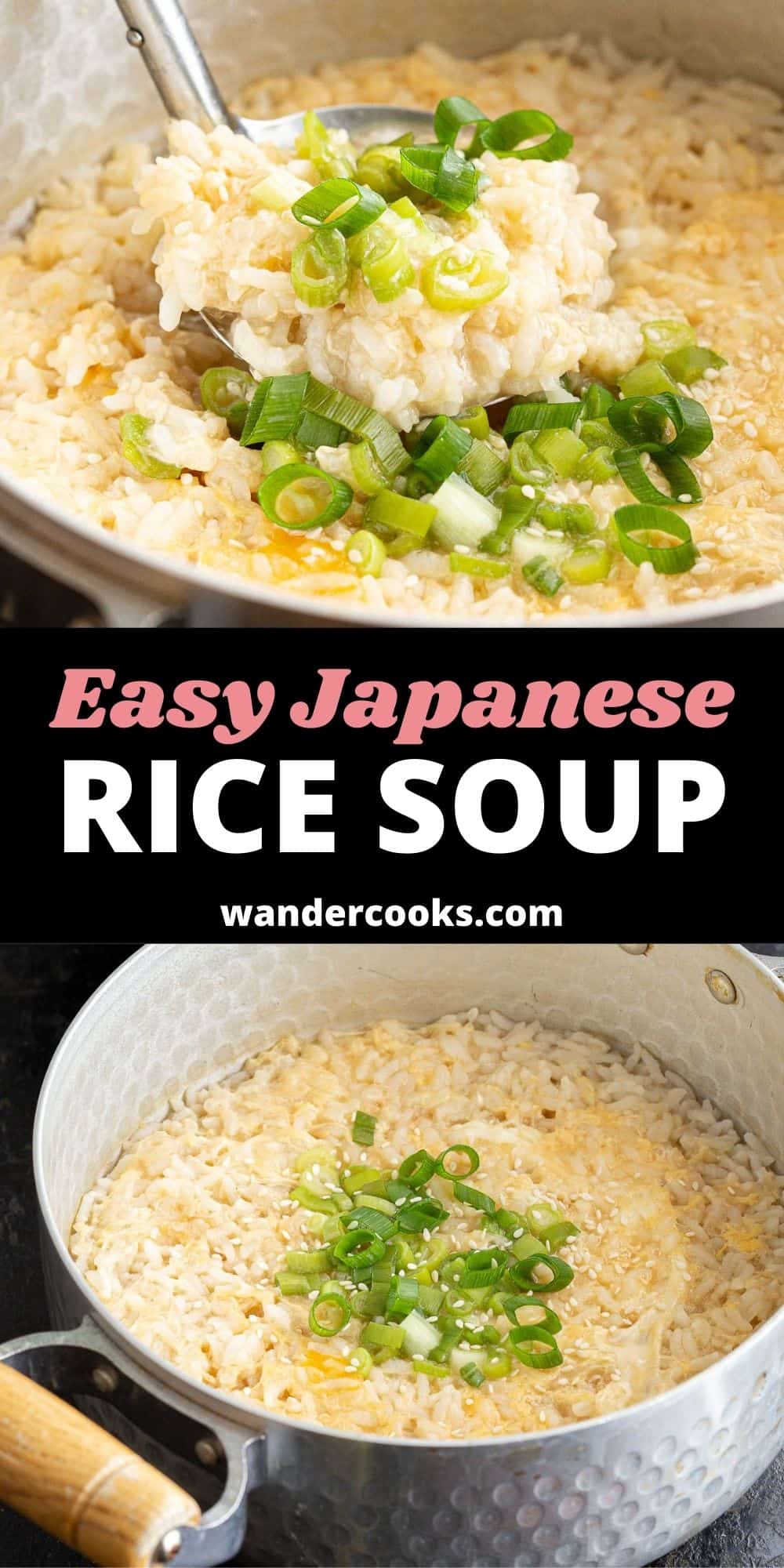

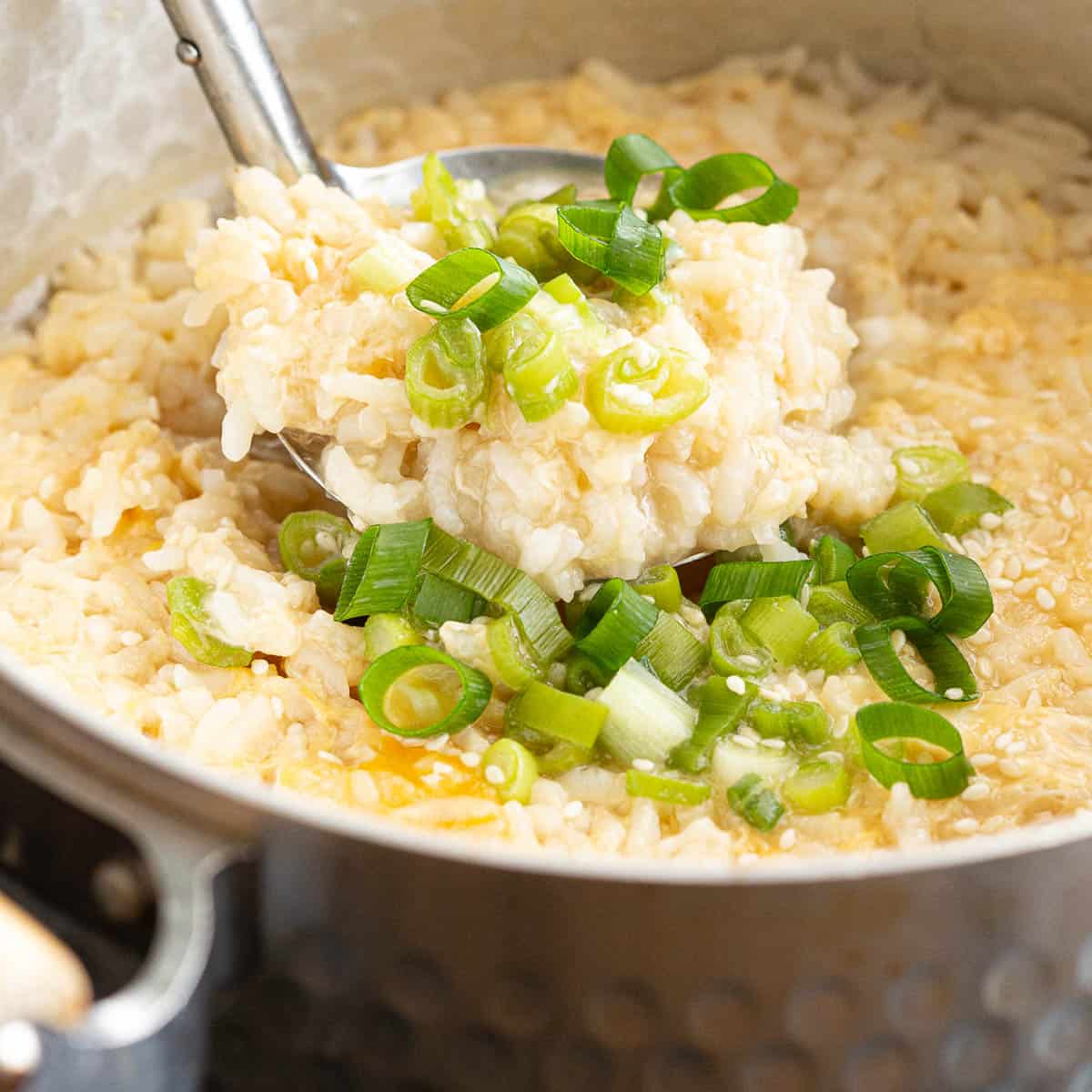



No Comments